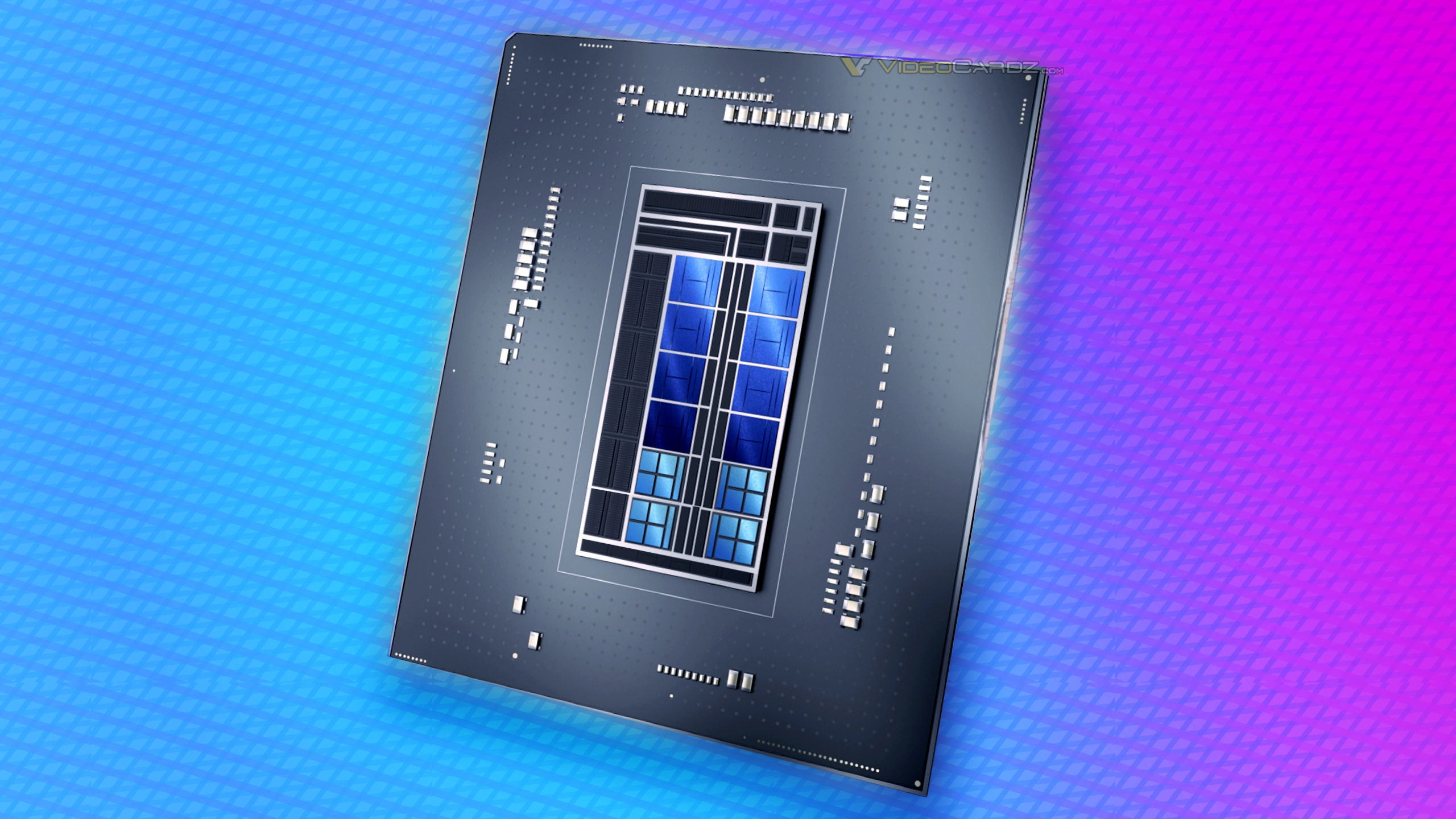Last time I checked, Gracemont was pegged at around 70% of a Skylake core and doesn't have Hyperthreading. So very rough napkin maths would suggest 4 Gracemont cores is 280% of a single Skylake core with Hyperthreading disabled at the same clock. But Gracemont cores don't clock as high as Skylake cores, and Skylake cores have HT. So at full utilisation, what is a Gracemont cluster's actual performance advantage over a single Skylake core?Hmm, I can only find direct comparisons to skylake, they said they can fit four gracemont cores in the same die space as one skylake core and I think rocket Lake was about 20% on skylake and alder Lake was about 40%.
So, presumably they offer more multi-threaded performance for the die space.
So if a Golden Cove core is 140% of a Skylake core, that's equivalent to a pair of Gracemont Cores, but again Golden Cove clocks much higher and has hyperthreading.
Ultimately a big numbers mess when you try to pick it apart, but if a Gracemont cluster outperforms a Golden Cove core, then why bother with Golden Cove cores at all? If the 13900K is going for a 8+16 config, then just give me an outright 48 core Gracemont CPU.
Inte's Hybrid design made no sense before we saw Alder Lake come out, and it makes just as much sense now that Raptor Lake is approaching. The implementation of this which makes up 12th Gen CPUs is impressive, and some would say "it just works" so why question, but it doesn't make it any less bonkers and still looks like a decision driven by failures in other aspects of Intel's capabilities.





